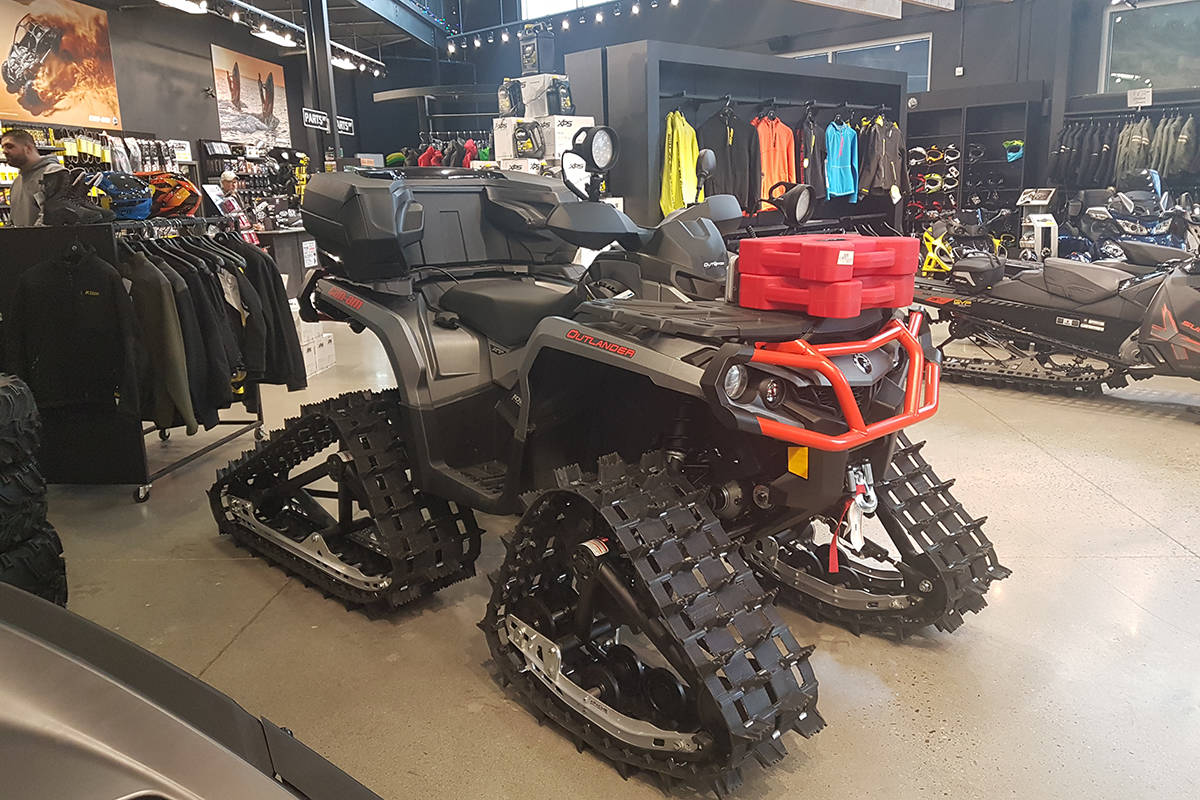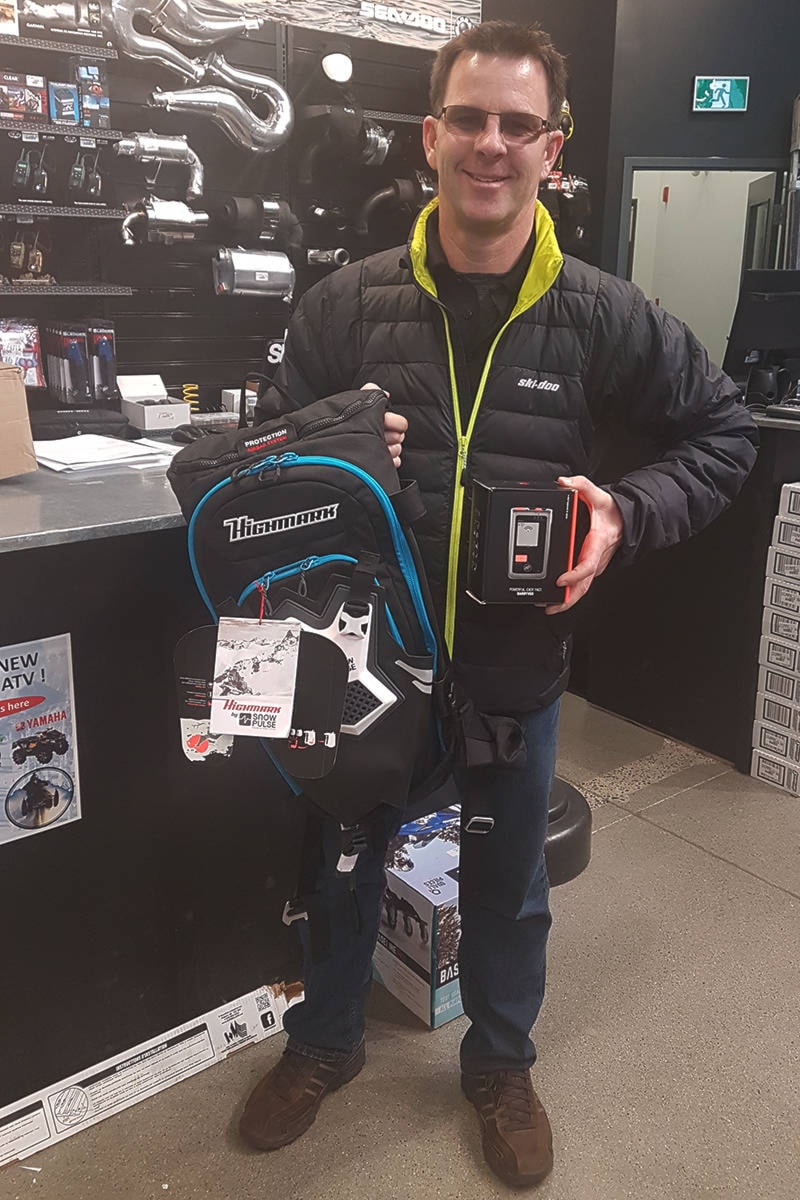Surrounded as we are by mountains, snow sports figure prominently on the winter calendar for many people. And with prime destinations on our doorstep – from Whistler to the north to Hope in the east, it’s no wonder snowmobiling is the first choice of many outdoor enthusiasts.
But how do you balance free-wheeling adventure with staying safe?
According to the BC Coroners Service, an average of 10 avalanche deaths occurred each year between 1996 and 2014, pointing to the need for safety awareness, ensuring riders get the education they need, and that they carry the gear to help them and their friends get home safely.
“We want our customers to have fun in the back country, but we also want them to stay safe,” says Mike Skiba, owner of Greater Vancouver Powersports. “And because we’re out there in the snow ourselves we know what it takes to do that.”
In addition to the latest rides, the shop offers a host of avalanche safety gear, helmets, clothing, winter gear, Klim gear and Christmas gift ideas for men, women and youth, plus a large parts department.
Heading to the mountains? The province notes that a host of natural factors, including wind, rain, warming temperatures and snow, can trigger avalanches, but so can skiers, snowmobiles, hikers and construction, for example. So, what do you need to know?
Staying safe on the mountain
1. Get educated – Education is a great place to start, Skiba says, pointing to courses by the non-profit Avalanche Canada as a must for anyone planning to head into potential avalanche country.
2. Gear up – Ensure everyone is carrying an avalanche transceiver, shovel and probe, and knows how to use them – practice before you go!
Worn close to the body, transceivers send out a radio signal; following an avalanche, those not buried switch their transceivers to search mode to locate a buried person.
Probes snap together like tent poles and are inserted in the snow in a systematic pattern so searchers can locate someone beneath the snow. Look for a minimum assembled length of 240 centimetres, durable locking mechanisms and a cable that doesn’t stretch, Avalanche Canada recommends.
Not all shovels are created equal. Avoid plastic or flimsy models, but look for a larger shovel with extendable shaft for easier digging.
Additional equipment options to explore with local experts include avalanche airbag or balloon packs and emergency communication.
3. Know before you go – Before you head out, check the avalanche and weather reports for your area.
4. Pay attention – Keep an eye on the terrain throughout your ride and gather often with your group in safe areas to review observed safety concerns.
Want to learn more?
Resources include Avalanche Canada and the B.C. government. To learn about safety gear and your snowmobiling equipment needs, visit the experts at Greater Vancouver Powersports.
***
Greater Vancouver Powersports, the only Bombardier Recreational Products dealer in the Lower Mainland, offers locations in Langley and Chilliwack. Their powersport-passionate team can answer any questions about today’s Ski-Doo snowmobiles, Sea-Doo personal watercraft, ATVs and Spyder Roadsters.

